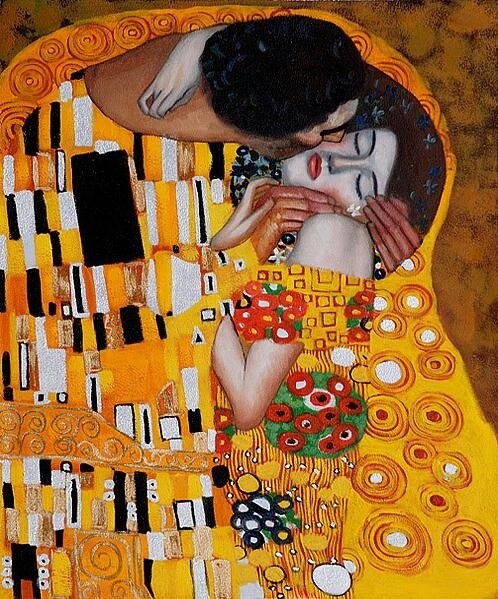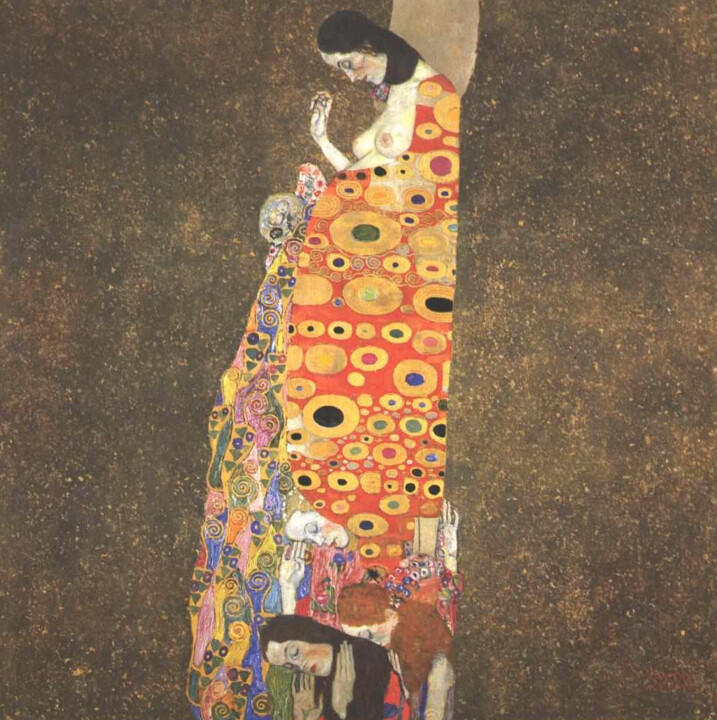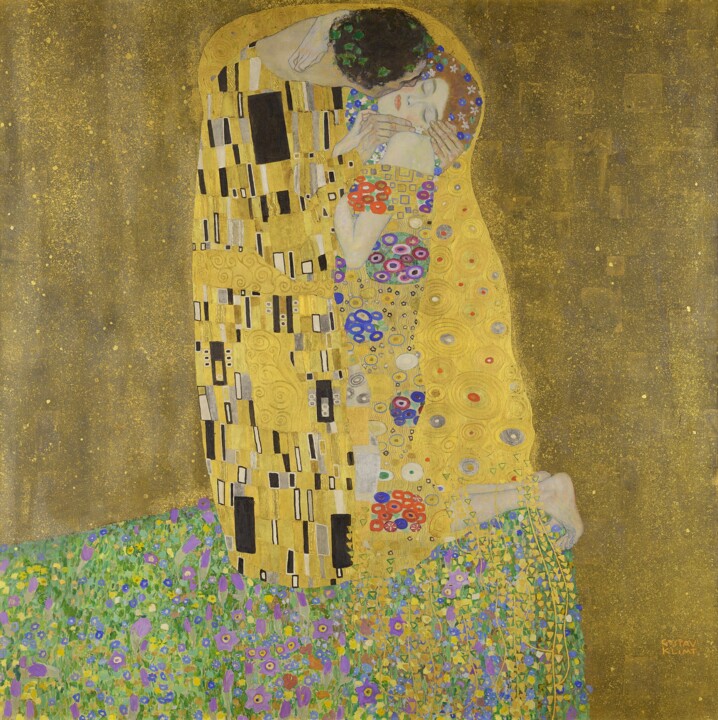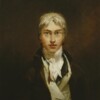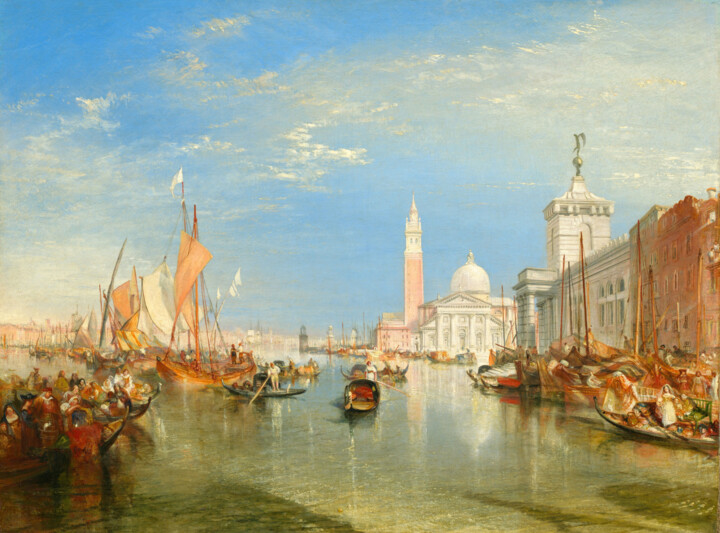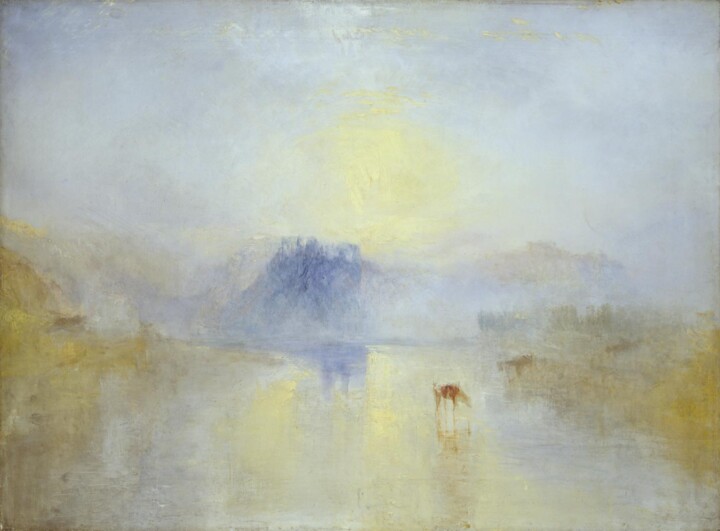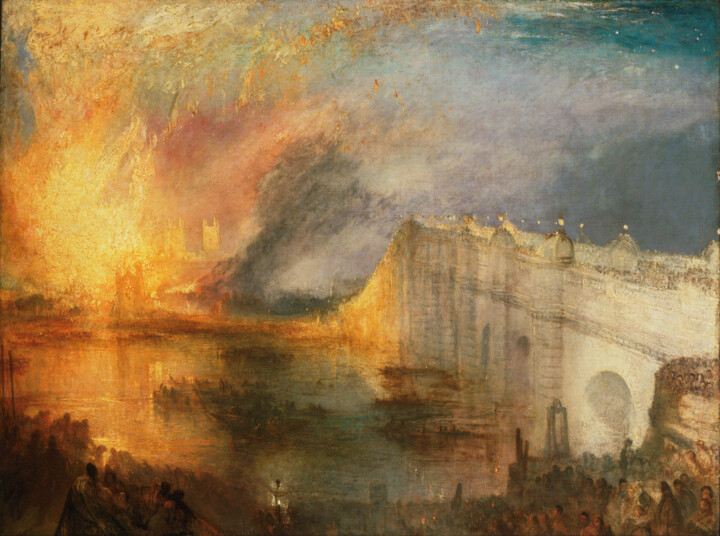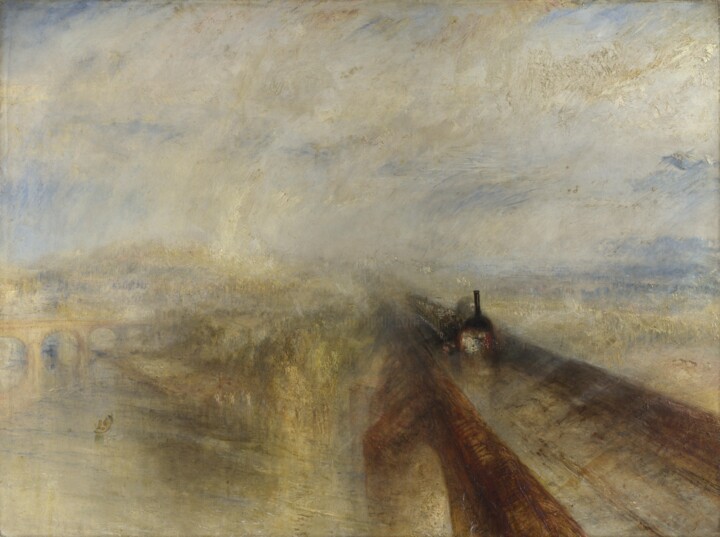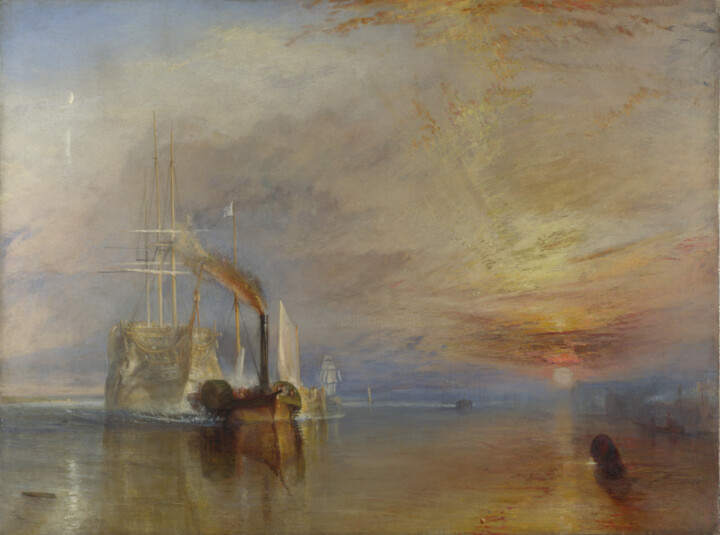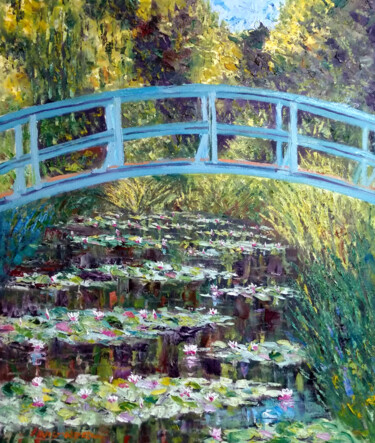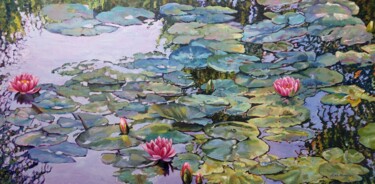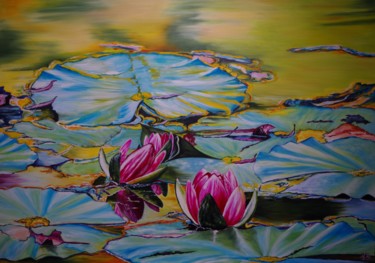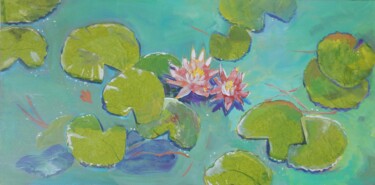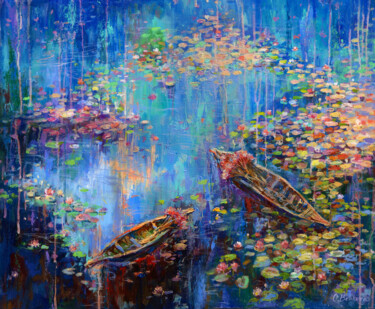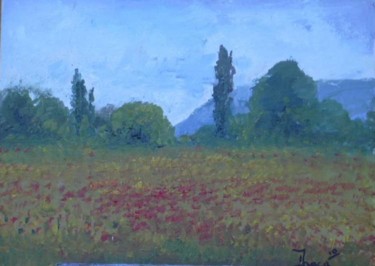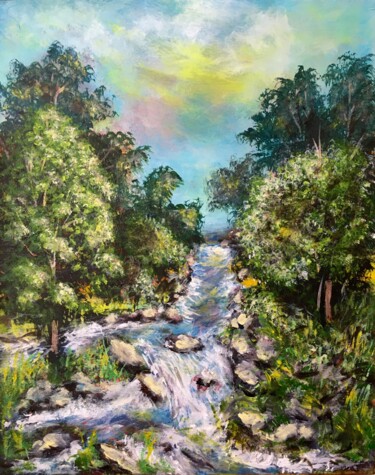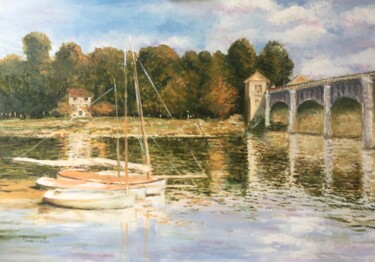 Paul G. Allen at Flying Heritage Collection, via Wikipedia.
Paul G. Allen at Flying Heritage Collection, via Wikipedia.
Who is Paul Allen?
Paul Gardner Allen, born on January 21, 1953, and sadly departing from this world on October 15, 2018, was a multifaceted American luminary. His diverse roles spanned from being a business magnate, computer programmer, and researcher to an investor, film producer, and a prominent philanthropist. His most celebrated accomplishment was co-founding Microsoft Corporation alongside his childhood comrade Bill Gates back in 1975. This groundbreaking endeavor played a pivotal role in igniting the microcomputer revolution that defined the technological landscape of the 1970s and 1980s. Under his guidance, Microsoft burgeoned into the world's preeminent personal computer software company.
In the annals of wealth, Paul Allen earned distinction as the 44th-wealthiest individual globally, as reported by Forbes in 2018. His estimated net worth stood at a staggering $20.3 billion at the time of his passing.
Paul Allen's trajectory took an unforeseen turn when he withdrew from active participation at Microsoft in early 1983. A diagnosis of Hodgkin lymphoma necessitated this pivot. Nevertheless, he continued to lend his expertise to the company as vice-chairman of its board. In 1986, together with his sister Jody Allen, he laid the foundation for Vulcan Inc., a privately held entity tasked with managing his multifarious business and philanthropic endeavors. His financial portfolio included investments spanning the domains of technology, media, scientific research, real estate, private spaceflight ventures, and interests in various other sectors. Notably, he possessed ownership stakes in the Seattle Seahawks of the National Football League, the Portland Trail Blazers of the National Basketball Association, and held a part-ownership position in the Seattle Sounders FC of Major League Soccer. In 2000, he stepped down from Microsoft's board and assumed the role of senior strategy advisor to the company's management.
Paul Allen's indomitable spirit extended to founding the Allen Institutes, which encompassed domains such as Brain Science, Artificial Intelligence, and Cell Science. Furthermore, he ventured into the creation of companies like Stratolaunch Systems and Apex Learning. His benevolence knew no bounds, as he directed over $2 billion toward diverse causes encompassing education, wildlife conservation, environmental protection, the arts, healthcare, and community services. A trailblazer in the realm of space exploration, he funded the maiden crewed private spaceplane endeavor, SpaceShipOne, in 2004. His contributions did not go unnoticed, as he was bestowed with numerous awards and accolades. Paul Allen's name was etched among the Time 100 Most Influential People in the World in both 2007 and 2008.
However, life took a challenging turn when Paul Allen was diagnosed with non-Hodgkin lymphoma in 2009. The battle against this formidable foe culminated in his passing on October 15, 2018, as septic shock, closely tied to cancer, claimed him at the age of 65.
 Allen (left) with Bill Gates at Lakeside School in 1970, via Wikipedia.
Allen (left) with Bill Gates at Lakeside School in 1970, via Wikipedia.
Art lover
Art played a role in Paul's upbringing, thanks to his parents, but it wasn't until later in life that he fully grasped its transformative influence. A visit to the Tate Gallery in the UK exposed him to the evocative seascapes of J. M. W. Turner and the vibrant Pop art of Roy Lichtenstein, leaving a deep impression on him. This encounter sparked his profound passion for art and a commitment to making art more widely accessible to people.
Paul's art collection evolved from his innate curiosity about artists and the artistic process. As his collection expanded, so did his desire to share it with a broader audience. Over the years, Paul generously lent artworks to prominent museums and galleries. Through collaborative efforts with local museums, he curated significant exhibitions like "DoubleTake: From Monet to Lichtenstein" and "Seeing Nature" using pieces from his collection, allowing a wider audience to appreciate these exceptional works of art.
Another illustration of Paul's profound affection for art was his initiation of the Seattle Art Fair in 2015. He found inspiration in global art fairs, reminiscent of his experiences in Venice and New York. This event stands as a distinctive celebration, spotlighting the art and artists hailing from Seattle, the Pacific Northwest, and the Pacific Rim, bridging them with a worldwide audience. He viewed it as an exceptional chance to introduce the art world to Seattle, infusing the local community with enthusiasm and motivation for the joys of art appreciation and preservation.
The incorporation of public art initiatives has evolved into a significant element of Vulcan Real Estate's development principles throughout the years. This dedication directly stems from Paul's fervor for broadening art's reach and making it more attainable for individuals in diverse locations.
 Allen (right) studies a brain sample with Allan Jones, CEO of the Allen Institute for Brain Science, in 2011., via Wikipedia.
Allen (right) studies a brain sample with Allan Jones, CEO of the Allen Institute for Brain Science, in 2011., via Wikipedia.
Biggest art sale in history
An auction featuring dozens of artworks by renowned artists like Paul Cézanne and Vincent van Gogh has culminated in an astonishing total of $1.5 billion. This remarkable auction, hosted by Christie's in New York in 2022, stands as a historic milestone, marking the highest amount ever amassed in a single art auction. The proceeds from this exceptional event have been directed toward charitable endeavors in alignment with the wishes of the late Microsoft co-founder, Paul Allen, who passed away in 2018.
What sets this auction apart is that each of the showcased works was personally curated by Paul Allen himself. Unlike some billionaires who rely on art buyers to make selections, Allen took a hands-on approach, carefully choosing each piece. In 2016, he beautifully articulated his perspective on art, saying, "When you look at a painting, you’re looking into a different country, into someone else’s imagination, how they saw it."
Numerous winning bids at this auction shattered previous records for individual artists, often surpassing the anticipated sale prices estimated by Christie's. Prior to the sale, Christie's anticipated that this event would become "the largest and most exceptional art auction in history," surpassing the $922 million achieved by the sale of the Macklowe collection, which followed the divorce of property tycoon Harry Macklowe from his wife, Linda.
Among the most valuable works sold was Georges Seurat's Les Poseuses, Ensemble (Petite version), an 1888 oil on canvas depicting three nude women, showcasing the Pointillist pioneer's artistry. This masterpiece fetched an astounding $149.2 million, setting a new record for a Seurat piece.
Cézanne's La Montagne Sainte-Victoire, a vibrant landscape painted between 1888 and 1890, also made art history by selling for $137.8 million, marking another record. Additionally, a 1903 painting by Gustav Klimt, titled Birch Forest, attained the highest price ever paid for a Klimt work, with a final sale price of $104.6 million.
The auction witnessed a series of remarkable sales, including a record-breaking price for a van Gogh masterpiece. His painting titled Verger avec cyprès achieved an astounding $117.2 million. Additionally, Paul Gauguin's 1899 oil painting on burlap, Maternite II, garnered a remarkable $105.7 million. The auction also featured captivating works by renowned artists such as Georgia O’Keeffe, Claude Monet, David Hockney, Andrew Wyeth, and Pablo Picasso, along with sculptures crafted by Alexander Calder and Max Ernst.
Among the notable sales was a 1905 print of Edward Steichen's photograph, The Flatiron, which fetched an impressive $11.8 million. This sale set a new record for a Steichen work, nearly quadrupling Christie's highest estimate for the piece.
 Allen and Apple co-founder Steve Wozniak at the Living Computer Museum in 2017, via Wikipedia.
Allen and Apple co-founder Steve Wozniak at the Living Computer Museum in 2017, via Wikipedia.
20th Century Evening Sale in New York
In May 2023, another seven paintings from Allen's collection were offered by Christie's during the 20th Century Evening Sale in New York. This collection includes six exquisite landscapes and intricate close-ups of flowers created by David Hockney and Georgia O'Keeffe, along with a captivating watercolor on paper by Edward Hopper.
The sales in 2023 and 2022 are part of a larger process of liquidating Paul Allen's vast multibillion-dollar estate following his passing in 2018. Christie's has described the May 2023 event as the "concluding chapter" of the "Visionary: The Paul G. Allen Collection" auction.
However, these artworks represent only a portion of the art collection once owned by Allen and now offered for sale. Less conspicuously, it appears that the estate is divesting itself of artworks created by local artists. Seattle galleries and artists claim that Allen acquired these pieces during his lifetime. Most were unaware that these artworks had already been sold at another auction house weeks before Christie's fall sale, and the name of Paul Allen was not associated with the sales.
This limited set of artworks is not the sole acquisition of local art made by Allen. According to gallerists and artists, he also procured significant sculptures and other artworks for various properties. Notable examples include a small bronze sculpture by Gerard Tsutakawa and a collection of drawings depicting World War II aircraft by Gregory Blackstock. These acquisitions were recognized by Seattle gallerists John Braseth and Greg Kucera. However, the current whereabouts of these artworks remain unknown.
Overall, this collection of some of the locally acquired artworks by Paul Allen provides a glimpse into the size and depth of his art collection, a collection that has been kept secret for many decades. This revelation underscores the substantial influence he exerted on the art scene in the Pacific Northwest.
Seattle painter Gillian Theobald
For artist Gillian Theobald, based in Seattle, Paul Allen's acquisition of her artwork "Night (Grove)" from 1998, a minute and semi-abstract representation of a dark and menacing twilight sky, held significant meaning. Having recently moved to Seattle in the late '90s, she faced challenges in establishing connections within the local artistic community. Consequently, selling her work to Allen felt like receiving a distinct sign of recognition and approval.
For a long time, she had been curious about what Paul Allen had done with her painting, wondering if it perhaps adorned the wall of some corporate office, but she had resigned herself to the likelihood that she would never find out.
Now, after Allen's passing, she has finally learned the fate of her artworks. On September 15, 2022, her painting was sold for $1,562.50 through Heritage Auctions, an auction house based in Dallas known for handling various items, including artworks, coins, movie memorabilia, and sports collectibles.
This sale didn't generate much buzz. There were no press releases highlighting Allen's charitable activities or his penchant for collecting artworks by renowned artists. Unlike the previous one, this sale went relatively unnoticed. Notably, the listing didn't even mention Paul Allen's name; it simply stated that the "current owner" had acquired it from Seattle's Linda Hodges Gallery. (A spokesperson for Heritage Auctions declined to provide a comment.)
It's not uncommon for estates to divest their assets, and private collections are not obligated to disclose such transactions to artists, art dealers, or the general public. In the case of Paul Allen's real estate company, known for liquidating its holdings, this move doesn't come as a particular surprise. However, the anonymity surrounding these sales and the decision to collaborate with an out-of-state (but nationally recognized) auction house have left some artists and dealers perplexed.
"The whole situation seems rather unusual, especially considering Paul Allen's significant status as a collector and supporter of the arts," observed Braseth of Woodside/Braseth Gallery.
"It is well known that Paul wanted to make art accessible to the community, as evidenced by his initiatives such as Art Fair, public art installations, and MoPOP," said a spokesperson for Vulcan, the overarching organization overseeing the Allen empire. "However, we cannot provide further information regarding his private estate."
The Enigma
Paul Allen's art collection has long been shrouded in secrecy. He began his collection in the early '90s and expanded it over the subsequent decades with the guidance of art consultants and a team of professionals. "The aura that surrounded him was truly remarkable," Braseth added. "This aura of secrecy."
In short, this secrecy was breached when Allen began publicly exhibiting the masterpieces from his collection at institutions like MoPOP (formerly the Experience Music Project) founded by Allen, the Seattle Art Museum, and his short-lived South Lake Union art space, Pivot Art + Culture.
Christie's 2022 auction provided the most extensive glimpse into Allen's collection up to that point; however, the remaining treasure, if not already sold through other means, could be valued at $500 million.
At one point, this enigma took a humorous turn when, as Kucera recounts, a UPS delivery driver entered the gallery, where a Deborah Butterfield sculpture exhibition was on display, featuring bronze horses that appeared to be crafted from wood. The driver then loudly asked a group of visiting art collectors, "Hey, I noticed one of these horses in Paul Allen's residence on Mercer Island. Did he buy it from you?"
Kucera recalls driving past Allen's estate and spotting the sculpture—an homage to the Appaloosa horses of the Nez Perce people—in the garden, clearly visible from the street. It was positioned near a Louise Bourgeois sculpture, among other artworks, as Kucera remembers. In a phone conversation, Deborah Butterfield, the Montana-based artist behind the sculpture, mentioned that she noticed her work wasn't included in Christie's auction. "I really hope the family chose to keep it," she remarked.
Seattle Art Fair
The Seattle Art Fair, conceived by Allen in 2015 with the aim of positioning Seattle as a contender among major global art events like Art Basel, was a pet project for him. Local art dealers recall Allen frequently acquiring pieces from regional galleries during the fair's VIP previews. He would tour the booths with a team of advisers.
Washington artist Lisa Gilley, who displayed a painting of Upper Palouse Falls at Woodside/Braseth during the fair's inaugural edition, remembers quickly browsing nearby booths right as the VIP preview began. When she returned to her booth just a few minutes later, she noticed a red dot on the painting's wall tag, indicating that it had been sold to Paul Allen, she said. "I think part of it was to promote his local art community," she suggested. "But I also think he was trying to support emerging artists."
The Seattle Art Fair, established by Allen in 2015 with the ambition of positioning Seattle as a contender among major global art events like Art Basel, was his brainchild and a project close to his heart. Local art dealers reveal that Allen frequently acquired artwork from regional galleries during the fair's VIP previews, often accompanied by a team of advisers.


 Selena Mattei
Selena Mattei
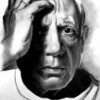
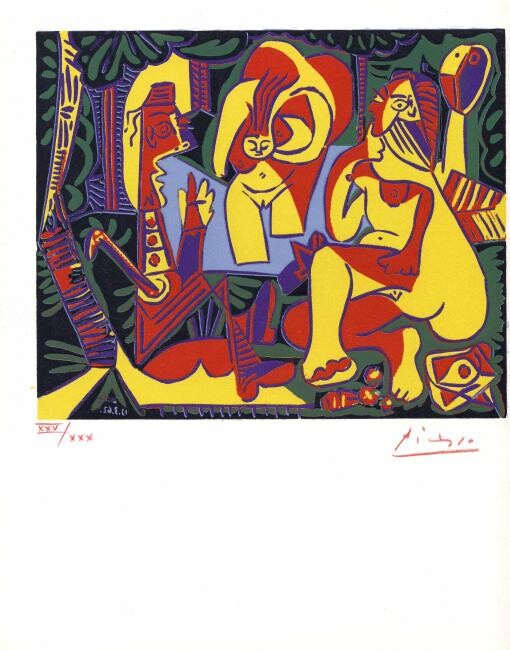
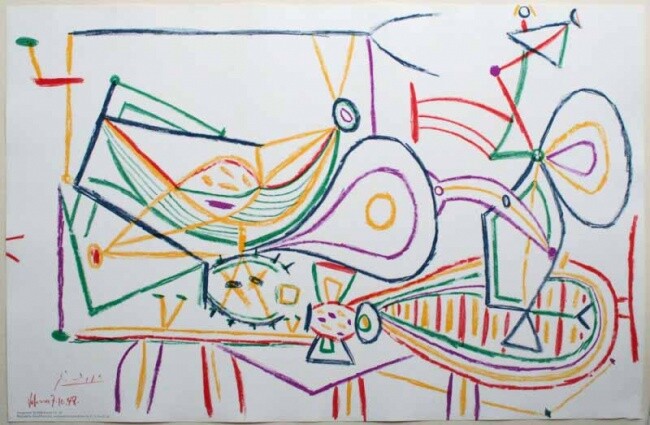
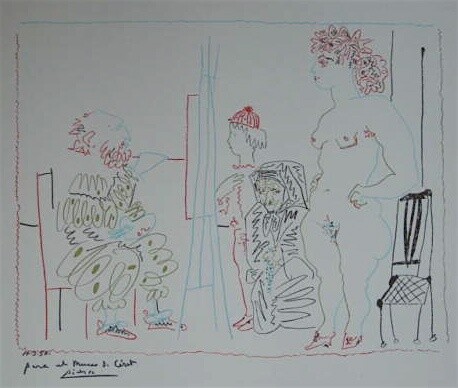
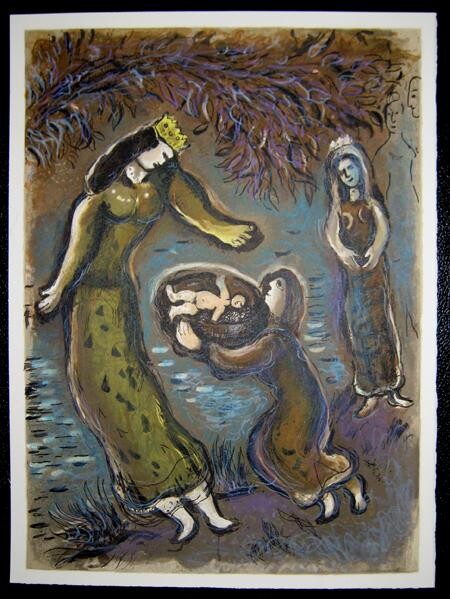
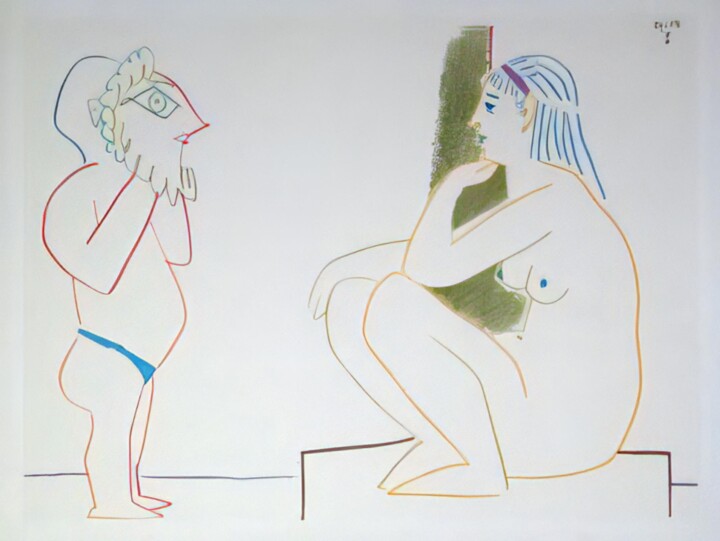

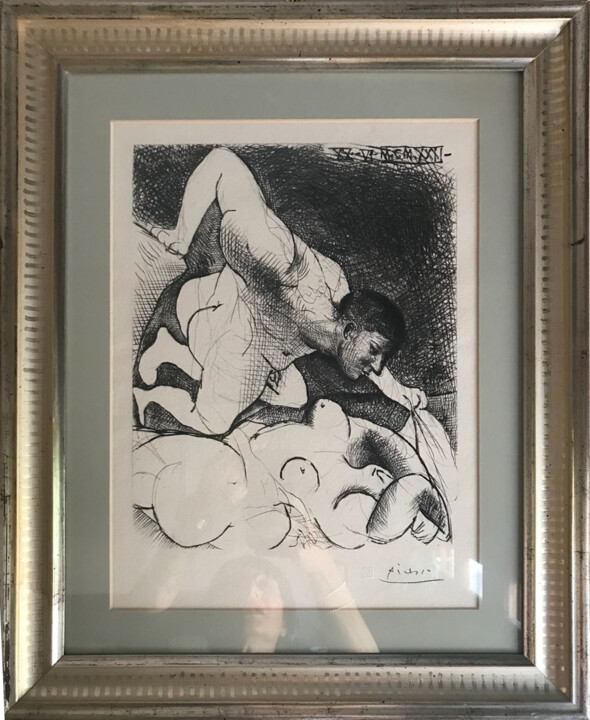
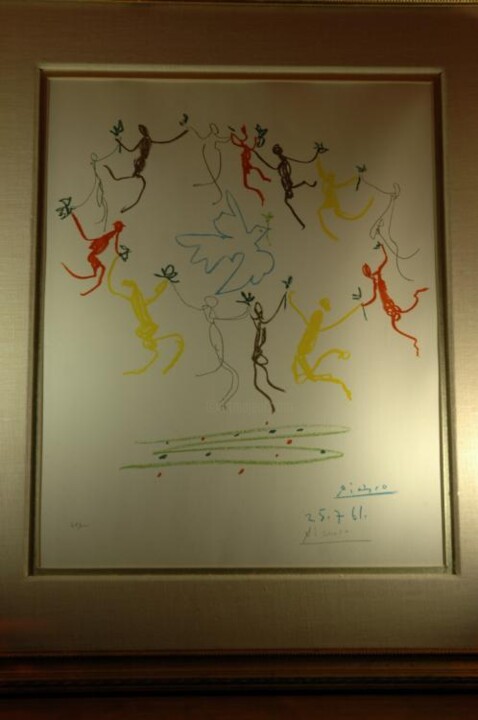
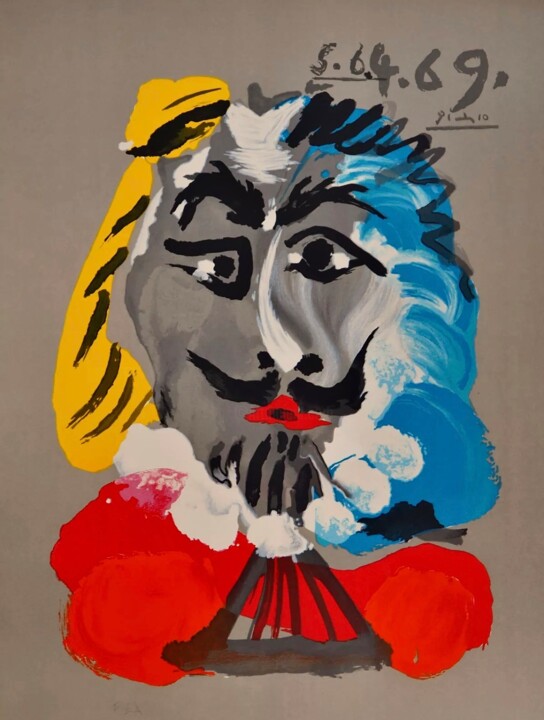
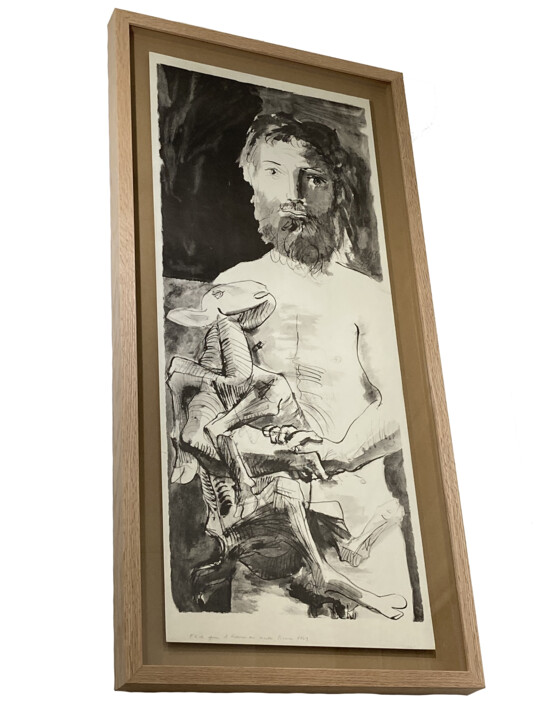
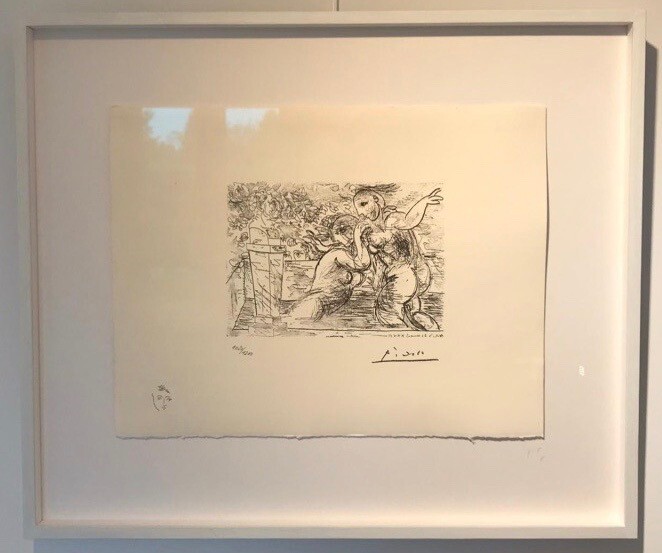
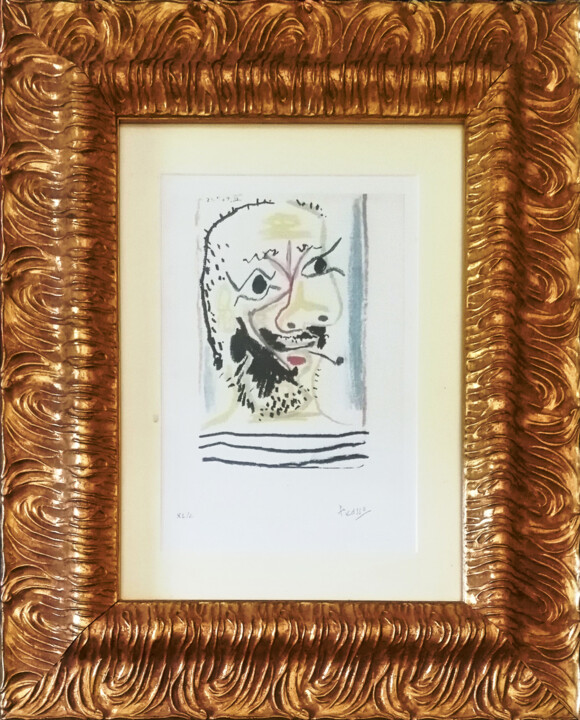

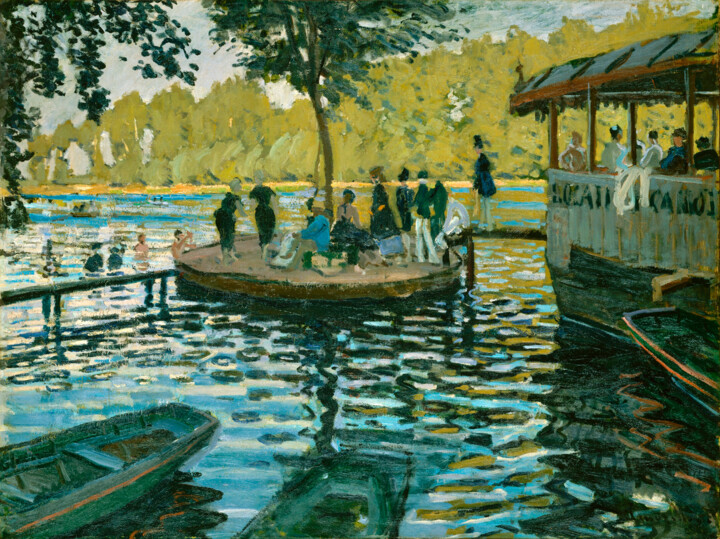
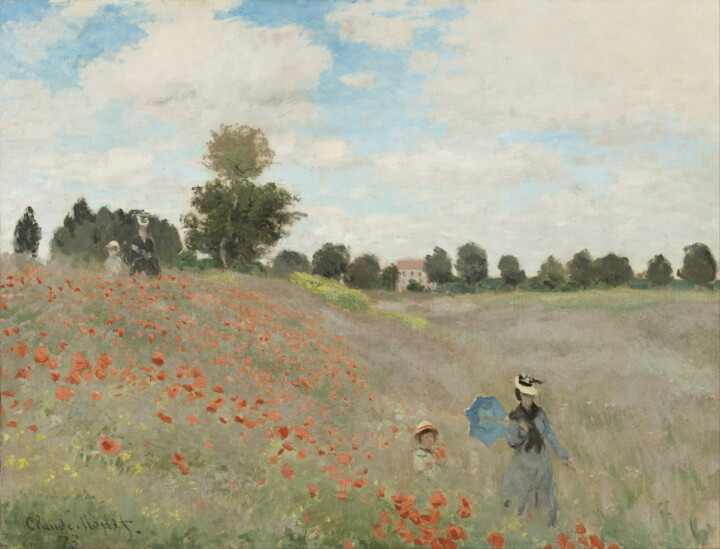
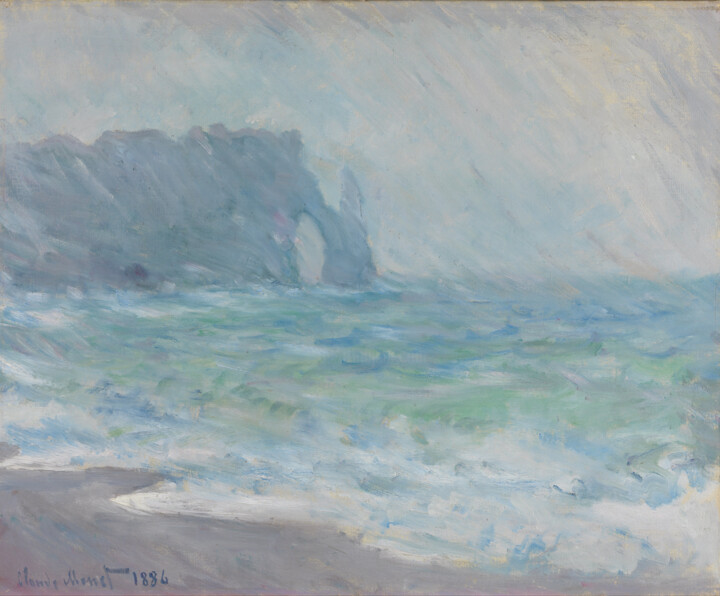
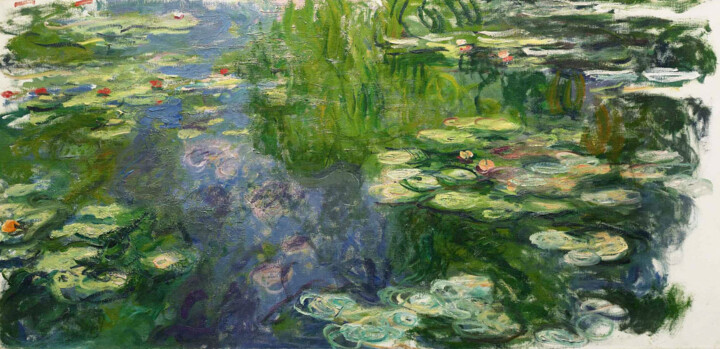
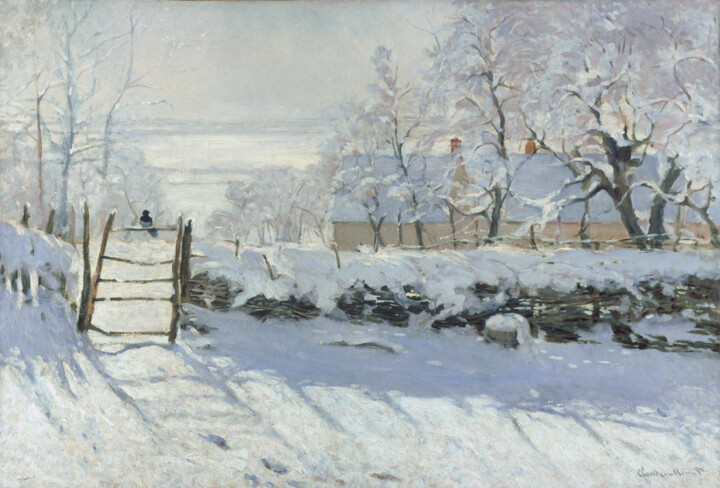
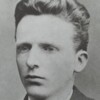
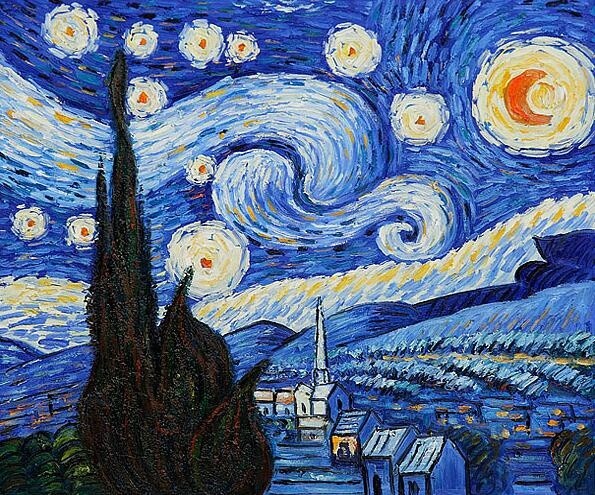
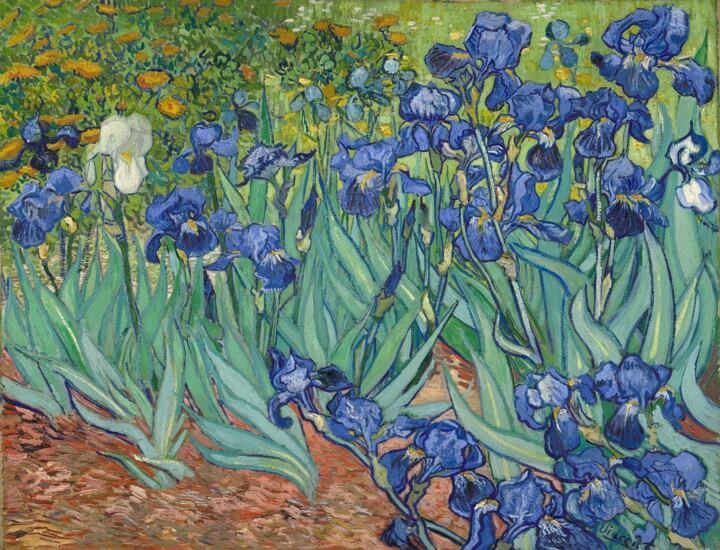
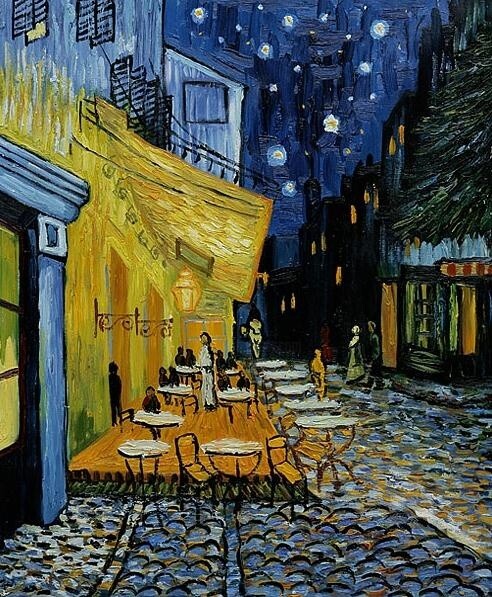
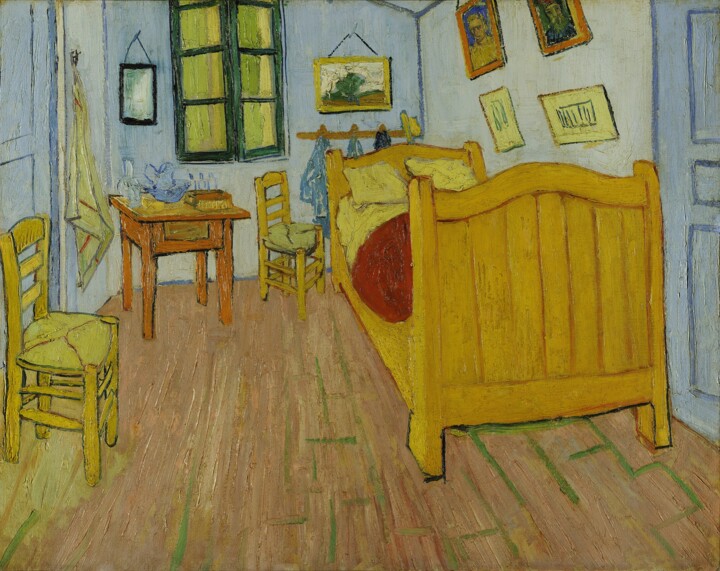
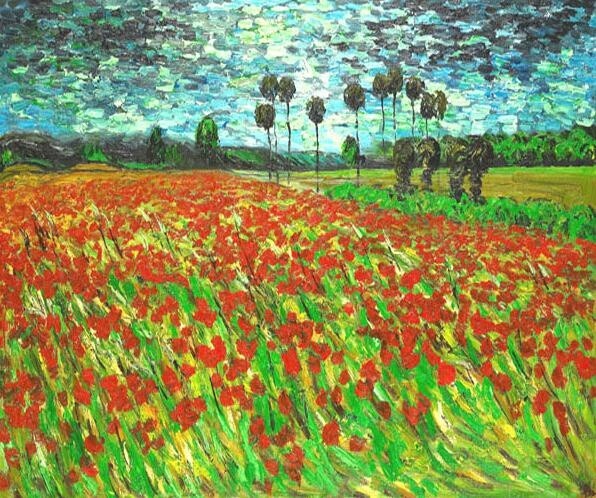
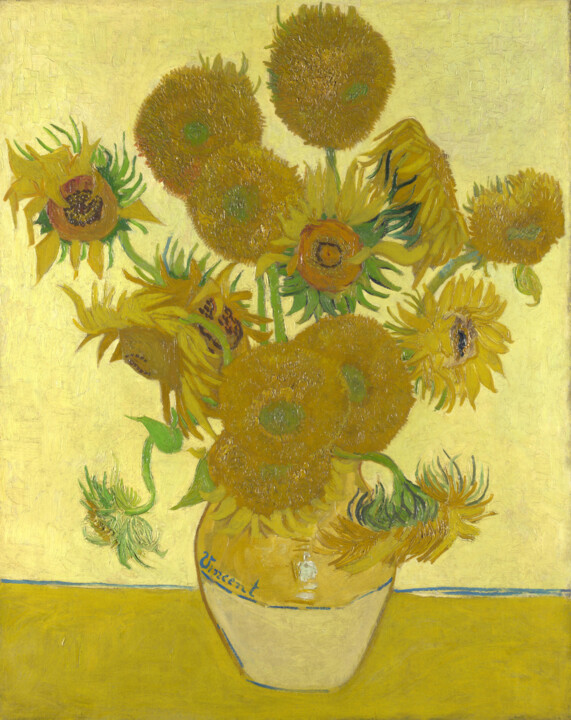
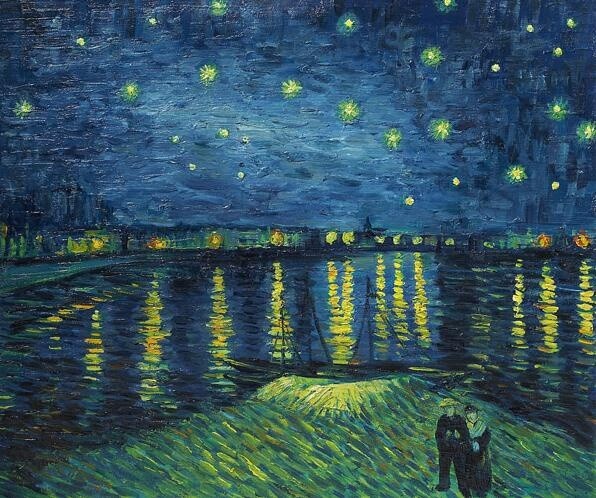
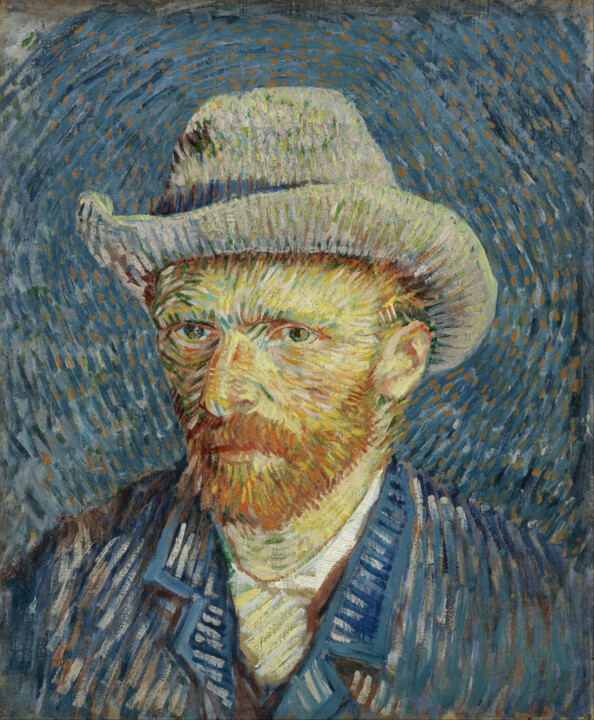
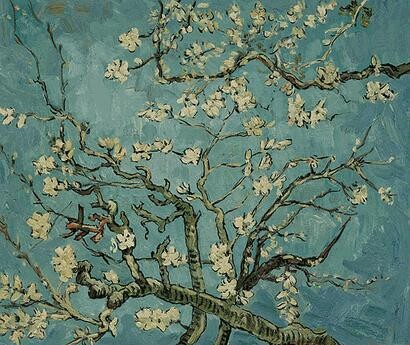
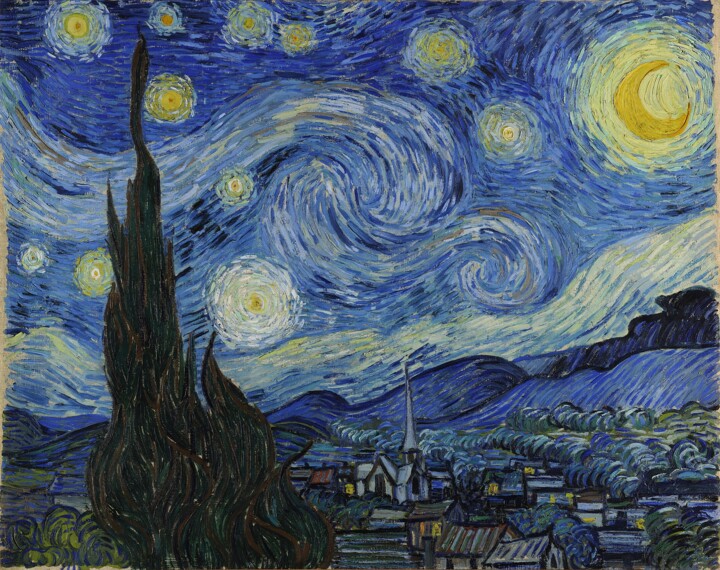
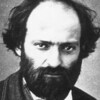
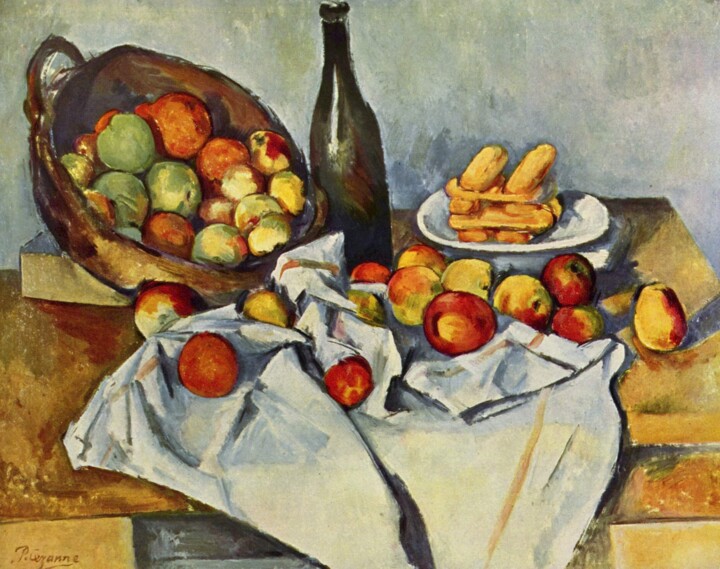
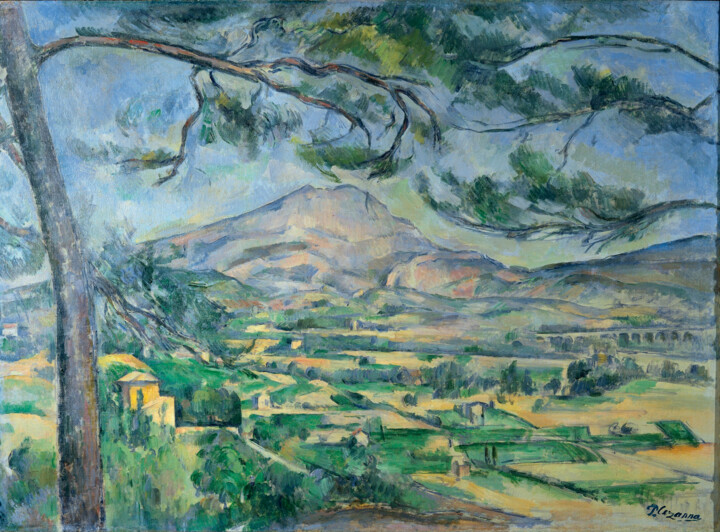
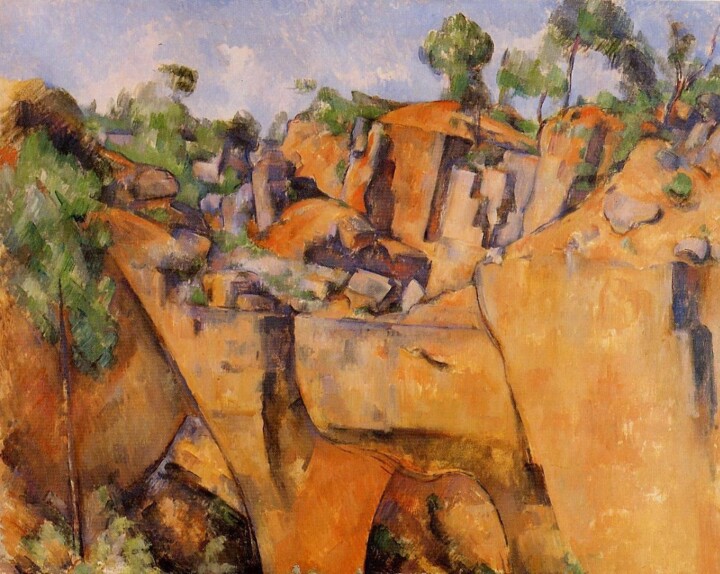
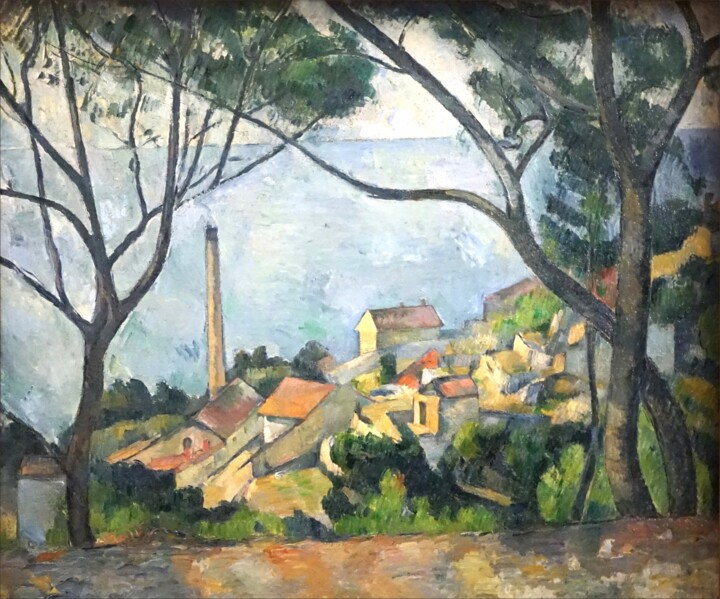
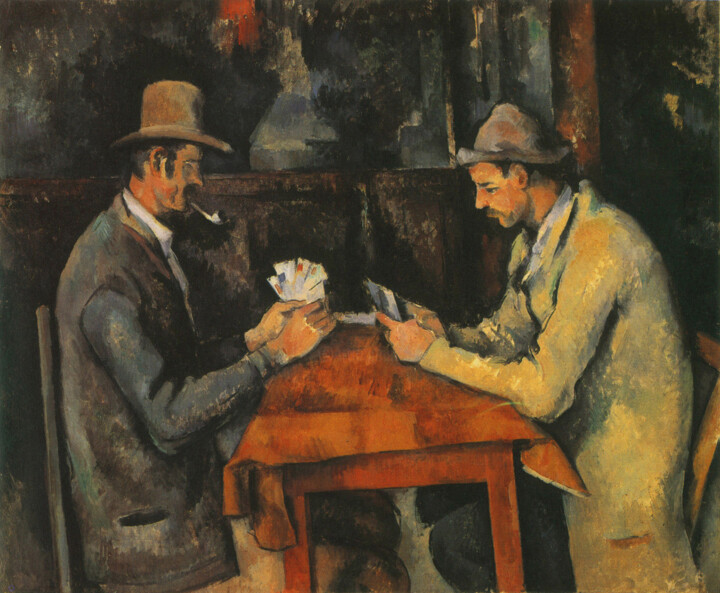

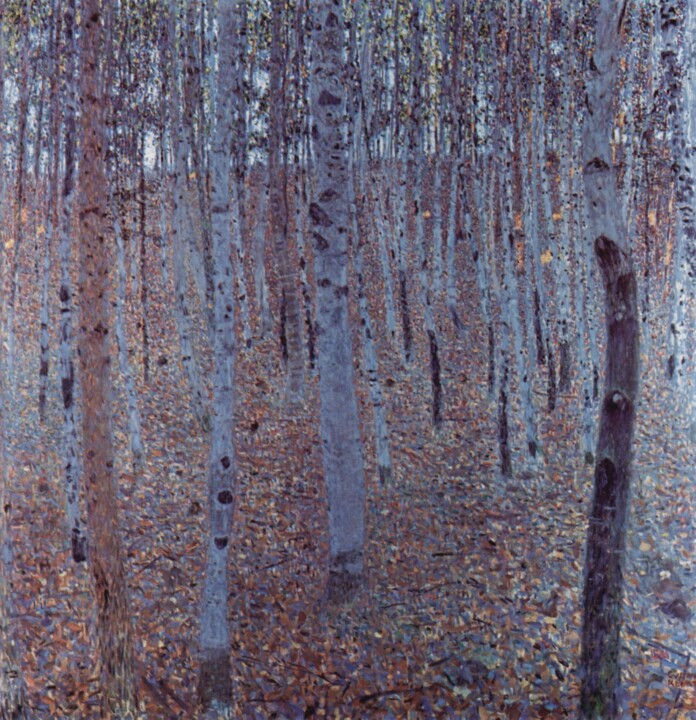
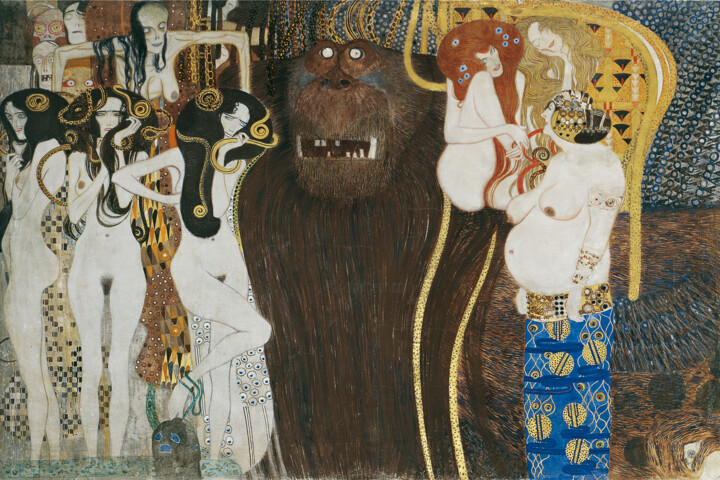
_-_image.jpg)

